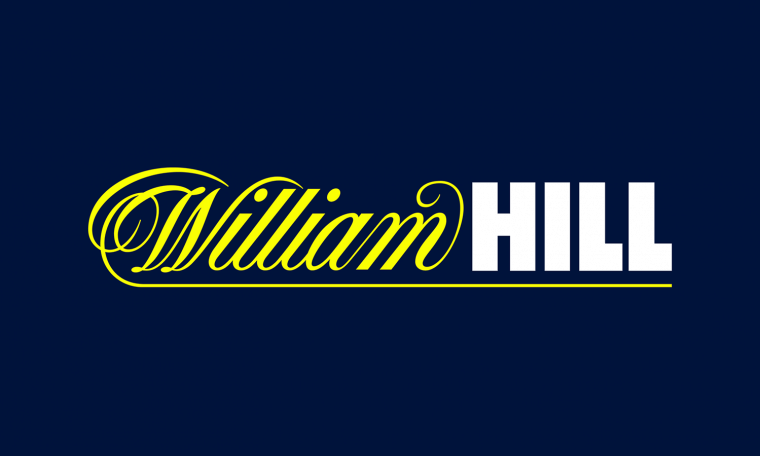The Grand National Steeple Chase, held annually at Aintree Racecourse in Liverpool, England, is not just a horse race; it’s a spectacle of endurance, skill, and sheer equine brilliance that has captured the imagination of the racing world and beyond for over a century.
This storied event has seen its fair share of legends, horses whose names are etched in the annals of history not just for their victories, but for their heart-stopping performances and the tales of grit and determination that accompanied their journeys. These equine athletes have become household names, transcending the sport and earning their place in the pantheon of Grand National lore.
We take a closer look at some of the most famous racehorses to have ever thundered down the Aintree course, exploring their legendary exploits and the legacy they’ve left behind in the world’s most famous steeplechase.
Manifesto
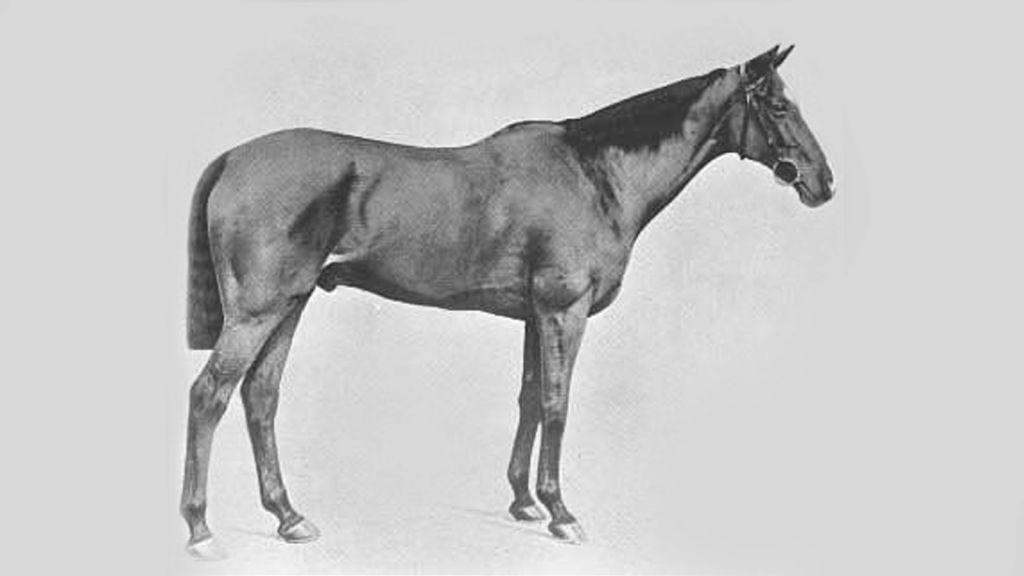
Manifesto was always destined to become a Grand National legend. Unlike many horses bred for racing at the turn of the century, Manifesto was not run extensively in his youth. Instead of fielding his raw talent, Manifesto’s owner Harry Dyas carefully prepared the horse for the challenging world of hunt racing.
Manifesto ran his first race in 1894 in Manchester aged four. This start to his career proved to be unremarkable as the horse fell.
At The Races
Manifesto came good in his second race in Manchester, taking the title and the winner’s pot of £39. In his fourth race Manifesto achieved the incredible feat of winning the Irish championship steeplechase, earning the horse almost instant legendary status.
Manifesto’s owner continued his policy of racing his championship winning horse with care. Manifesto was only entered into two races in his second year of competitive racing, and continued his good form, winning one of these.
Manifesto’s first stab at becoming a Grand National legend came in 1895. His reputation preceded him and he was given a heavy handicap, and competed against a strong field. The horse was unaccustomed to the heavy track at Aintree, and despite jumping well only managed a fourth place finish.
Manifesto’s second attempt at winning the Grand National came in 1896. The horse had started the season well enough, winning the Manchester race, however he was unable to carry this form into the Grand National. Manifesto collided with Red Hill at the first fence and fell, earning an unplaced finish.
It was a case of third time lucky in 1897. With a lighter Handicap, and in overcast conditions Manifesto finally came into his own. Despite the presence of two previous Grand National winners, Manifesto ran the perfect race staying in second for most of the race and pulling into an unassailable lead when his closest competitors were forced out of the race by the tough course.
Manifesto won the Grand National for the second time in 1899. The horse fell at the canal turn fence, and for a moment it seemed all was lost. However, Manifesto stood and powered ahead winning the Grand National for the final time.
Manifesto ran in races until the age of 16. By this stage handicappers had the horse’s measure. Loaded with crippling weights, Manifesto battled gamely, but was unable to claim racing’s greatest prize again.
Red Rum
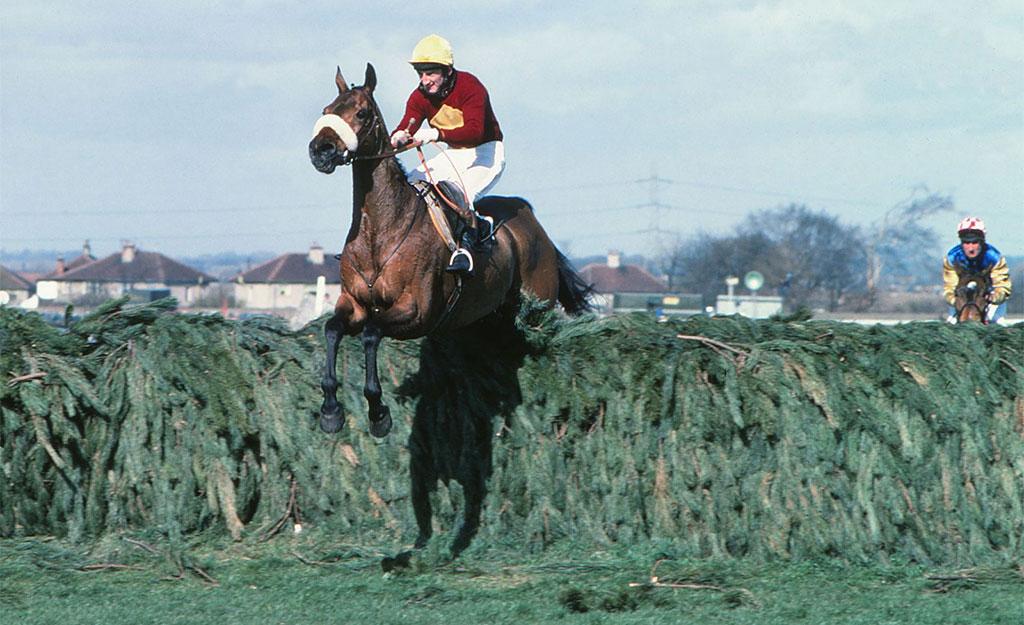
Red Rum was foaled in Ireland in 1965. Although both of Red Rum’s parents were thoroughbred the best that was hoped for him was that he might evolve into a decent flat racing horse. Like many great racehorses, he was initially considered to be an unremarkable runner.
It was Ginger McCain who first recognised the bay’s potential at the Scottish Grand National in 1972. By the time McCain began training Red Rum the horse had become afflicted with pedalostitis, a supposedly incurable bone disease that tended to leave horses lame.
Thinking the horse was lame McCain turned Red Rum loose on the beaches of Southport. Miraculously Red Rum emerged from his first foray into the surf with all symptoms of lameness gone.
At The Races
Between 1976 and 1968 Red Rum raced in flat races with mixed success. In his very first race he finished in a dead heat with his stable-mate Curlicue. He then recorded two victories and four Top Four finishes, putting in the moderate performances that had been expected of him.
Red Rum’s National Hunt career began in 1968 and started well enough, with the horse recording three victories. After a winless season in the 1969/1970 Red Rum made something of a comeback, winning a total of four races.
It was during this period that Ginger McCain first spotted Red Rum and convinced one of his clients to buy the horse. Once Red Rum had been cured by the water of the Southport beaches, he excelled in the 1972/1973 season, participating in nine races and winning six, including his first Grand National at Odds of 9/1.
From then on Red Rum, Grand National Legend, was virtually unstoppable, winning the event again in 1974 as one of six wins that season. The 1974/1975 season was less successful – Red Rum’s form dipped and he achieved only two wins. In the 1975/1976 season the bay went without a single win, and many thought his career was over.
Red Rum saved the best for last. Running under top weight, the horse paid McCain for his careful planning that season by putting in a display of almost perfect jumping, and won the Grand National for a record 3rd time by 25 lengths.
Red Rum passed away at the ripe old age of 30, and is buried near the finishing post at Aintree.
The Lamb
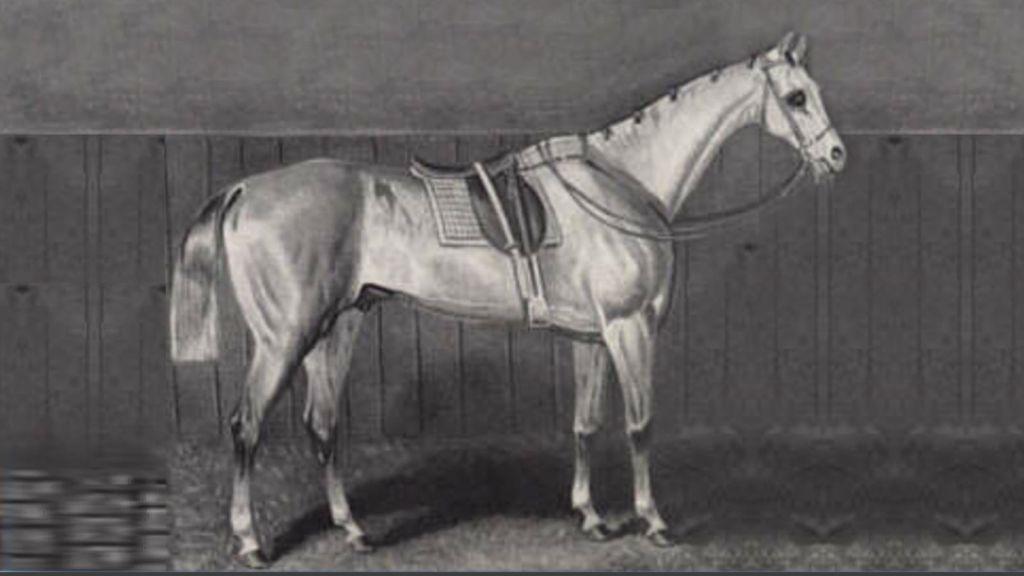
The story of The Lamb is one of the most incredible of all the Grand National legends. The grey was initially written off as a racehorse, and due to his diminutive size was not reckoned worthy of more than acting as a pet horse for the Irish vet who purchased him.
The Lamb soon showed that he was no pet. The spirited grey was too powerful and unpredictable for the vet’s consumptive daughter, and on several occasions the horse showed his true vocation by jumping out of his paddock.
The Lamb’s owner soon realised the value of the horse he had bought and sent the horse for training.
At The Races
The Lamb’s first years of racing featured victories in several flat races, confirming his potential. His first major victory was the Kildare Hunt Plate at Punchestown. He was soon noticed by the wealthy Lord Powlett and sent for further grooming as a champion with amateur jockey George Ede.
The Lamb won his first Grand National in 1868. The moment was heroic as Ede had suffered a life threatening injury earlier in the year, yet he pushed himself to compete and ultimately claim victory. The Lamb became a Grand National legend.
Ede’s improbable victory was not the end of the drama that was to characterise The Lamb’s racing career. Shortly after his 1868 Grand National victory The Lamb contracted a wasting disease, and was unable to race for two years as he battled for his life.
In 1871 The Lamb did the impossible. Still in recovery, the grey was brought in to compete in the Grand National. During the race he jumped Valentine’s Brook just as another horse fell, and was forced to clear both fence and horse. He went on to win the race by two lengths. The moment was tinged with sadness, as he won without his mentor and jockey George Ede who had been killed in a fall at a previous race.
The Lamb never won the event again. He placed fourth in 1872 beneath a heavy handicap, before tragedy struck in a steeplechase in Baden, Germany. The Lamb fell at a fence and was seriously injured.
The brave grey was unable to recover, and his distraught owner was forced to have his spirited champion put down. His record of being the only grey to win the Grand National stood until 1961, when Nicolaus Silver triumphed at Aintree.
Aldaniti
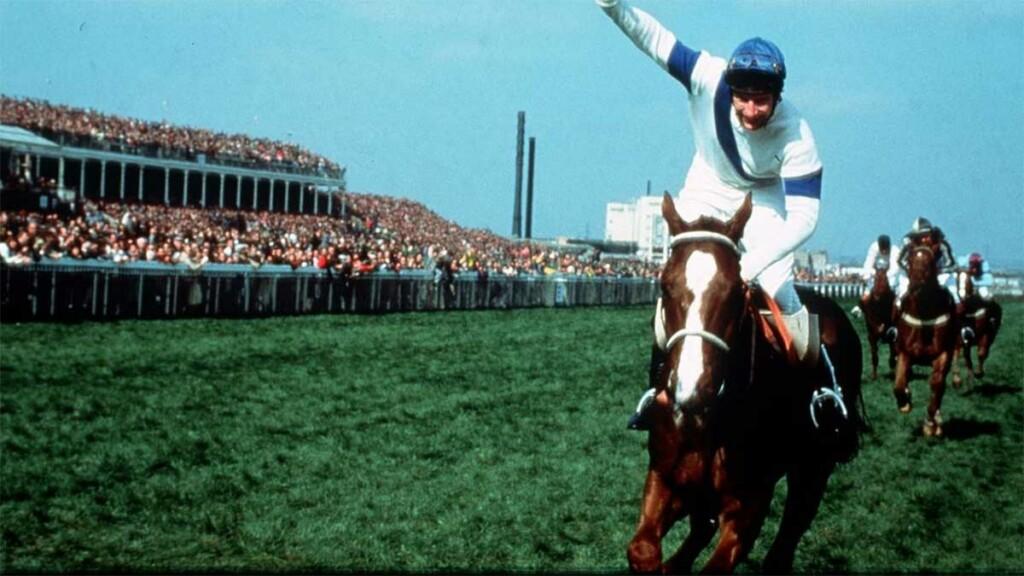
During his early years Aldaniti never showed any sign of developing into one of the greatest Grand National legends of all time. He was rejected by his mother when he was a foal, and spent his first few months chronically underfed until he finally learnt to accept milk from an artificial source.
His owners did not think much of him either, comparing his legs to piano legs and describing him as stag kneed. True to these remarks, Aldaniti suffered leg injuries throughout his career, yet Aldaniti had something stronger than a perfect racehorse physique. He had spirit, and this was something jockey Bob Champion realised when he rode Aldaniti in Leicester for the first time, saying ‘This horse will win the Grand National one day’.
At The Races
During an unspectacular racing career, Aldaniti suffered a series of serious leg injuries including a broken hock bone and two periods of debilitating tendon trouble. At one stage his owners believed he was so weak they considered putting him down.
His moment of destiny came at the end of 1979 when he was paired up with Bob Champion, a jockey from Yorkshire battling testicular cancer. With both jockey and horse struggling to survive, the scene was set for one of the greatest moments in Grand National history.
In 1981 Bob Champion, now recovering from his cancer, entered the Grand National with Aldaniti. During the race Aldaniti put a bad start behind him and ran the race of his life, beating the much fancied Spartan Missile. The race was watched by millions on live television and Aldaniti was now a Grand National legend..
Virtually overnight both horse and jockey became celebrities. When the duo returned to their home town of Findon they were greeted by an enormous, jubilant crowd. Within two years the sensational victory had been transformed into the film ‘Champions’ starring John Hurt as Bob Champion.
Unfortunately Aldaniti’s Grand National legend form did not last and the horse, although stronger and more confident, fell at the first hurdle of the 1982 Grand National.
In the years after the Grand National Aldaniti and Bob Champion remained important public figures raising awareness of cancer at numerous public appearances. Aldaniti passed away peacefully in 1997 at the age of 27, and was buried in the paddock where he had lived out his last days.
Cloister
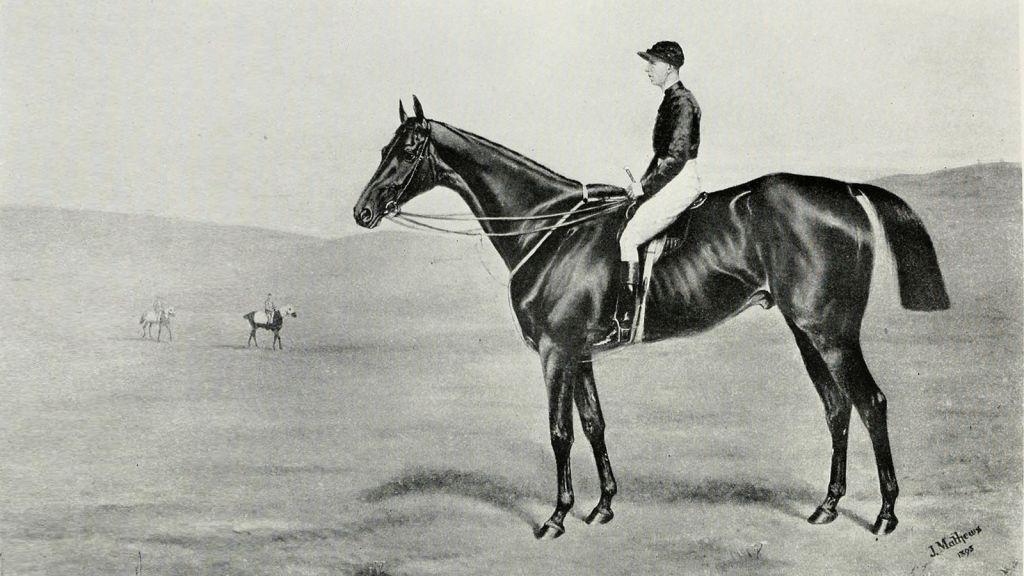
Cloister entered the world with carrying a heavy burden of expectation. The black-spotted bay was the progeny of the great racehorse Ascetic, one of the greatest steeplechasers of all time.
Although it was evident from the start that Cloister would develop into a powerful horse, his owner, the Earl of Fingall, felt that Cloister’s pedigree was not well enough displayed in his build. The Earl decided to sell Cloister to his master of hounds for a paltry sum.
The Earl would regret this decision as Cloister grew into a magnificent, strong animal with an excellent temperament. Cloister was soon sold to a captain of the Lancers stationed in Ireland, and introduced to the races.
At The Races
Cloister’s first racing season was in 1889 and he performed well in several Irish hunt races, winning two prestigious races. The Lancers were relocated to India at the end of the year, forcing Cloister’s owner to sell him to the Earl of Dudley.
Cloister’s training began in earnest, and his form along with his pedigree ensured that he was prepared for only the most prestigious of races. Cloister raced his first Grand National at Aintree in 1891, and lost by the narrowest of margins in a field bursting with talent. Some attributed his loss to the tactics of his jockey, who in trying to pass race leader Come Away, had inadvertently blocked his horse’s progress.
In his next season, Cloister won five races, but was again only able to achieve a second place in the Grand National. After the Grand National the horse was sold to his third owner, Charles Duff. This marked the turning point of Cloister’s career and he began training with a top class jockey.
1893 was Cloister’s year. The horse was entered into the Grand National and promptly given top weight. Despite this crippling handicap Cloister took the lead at the second fence, and from there ran one of the greatest ever races at the Grand National, beating the rest of the field by an incredible forty lengths. Cloister was now a Grand National legend.
Cloister did not win the event again. For the next several years the horse suffered from bouts of lameness and other health problems, yet still managed to win several prestigious races including the Welsh Grand National in 1896.
In his 35-race career Cloister, Grand National legend, achieved an incredible 30 Top Three finishes, with 19 victories, all accomplished under heavy weights.


